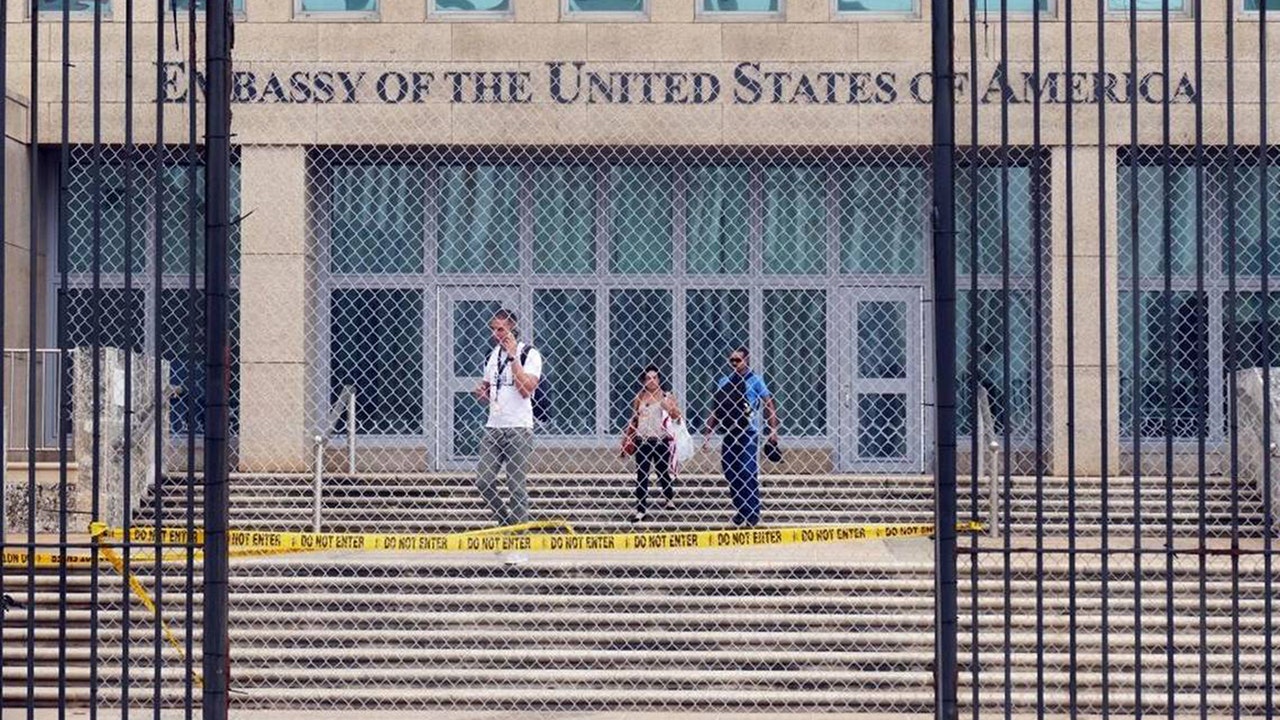“Portrait of Fräulein Lieser,” an enigmatic, long-lost 1917 painting by Gustav Klimt, sold Wednesday for 35 million euros with fees, or about $37 million, at the auction house im Kinsky in Vienna.
The unsigned and unfinished work was estimated to sell for between $32 million and $53 million, before the addition of fees. The winning bid was tendered in the room by Patti Wong, the founder of the Hong Kong-based art advisory company, Patti Wong Associates. Wong said she was bidding on behalf of an Asian client.
The result was remarkable, given that there are questions surrounding this Klimt portrait. The identity of the girl depicted is open to question. The auction house said in its sale catalog that it had “not been able to clarify the precise provenance of the painting” since 1925, and the identity of the seller has not been revealed. Germany’s annexation of Austria in 1938, known as the Anschluss, and the Nazis’ persecution of its Jewish population also casts a murky shadow over the picture’s ownership history.
“We’re very happy with the price,” Wong said in an interview shortly after the auction. When asked if she and her client had any concerns about the uncertainties surrounding the subject and ownership history of the painting, Wong said: “We’ve done our research.”
Wong is making a habit of buying multimillion-dollar Klimt paintings for Asian clients. Last June at Sotheby’s in London, she gave $108.4 million on behalf of a Hong Kong collector for Klimt’s 1918 portrait “Lady With a Fan,” a record for the artist at auction.
“Portrait of Fräulein Lieser” was left unfinished in Klimt’s studio when the artist died during the 1918 influenza pandemic, and it was then returned to the subject’s family, according to art historians. It was thought that the portrait had been commissioned by Adolf Lieser, a Jewish industrialist in Vienna, and showed his teenage daughter, Margarethe Constance.
More recent research suggests that the painting could have been commissioned by Adolf’s sister-in-law, Henriette Lieser, known as Lilly, and showed one of her two teenage daughters. Lilly was murdered in Auschwitz, but her daughters managed to escape the Holocaust, as did Margarethe.
It is highly unusual for a major painting by a famous modern artist to appear on the market after being lost for about 100 years — particularly at a regional auctioneer, rather than Sotheby’s or Christie’s. Though im Kinsky wouldn’t say who sold the painting, the auction house has conceded that it was likely acquired illegally during the Anschluss. This problematic provenance might also explain why the painting remained hidden for so long and wasn’t consigned for sale to an international auction house, where it would have undergone extensive provenance research.
Im Kinsky said in the catalog that it has facilitated a confidential, “fair and just solution” that has been agreed upon by the painting’s owners and the Lieser family heirs. Both parties would benefit from the sale, Ernst Ploil, a co-chief executive of im Kinsky, has said, but he declined to say how the money would be shared.
The painting’s commercial appeal seemed to have been enhanced in October when Austria’s Federal Monuments Authority issued an export license for the work, meaning it could be sold to an international buyer.
But for some who viewed the portrait before the sale, the painting’s unfinished condition, rather than its provenance, was more problematic.
The face of the girl in the painting appears complete, but the red background lacks the final decorative details usually associated with Klimt. Some experts also said the painter likely hadn’t finished with the girl’s hands or cobalt blue robe.
“We don’t know what Klimt’s final idea of the painting was,” said Richard Nagy, a London dealer who specializes in 20th-century German and Austrian art, and who attended the im Kinsky auction.
The lack of a signature also would have negatively affected the price, Nagy added. “The signature is an artist’s seal of approval that the painting is finished to his satisfaction and can leave the studio,” he said. “If it had had a big Klimt signature, a lot more people would have been excited,” Nagy said. “But then again, how many more Klimt paintings are going to come into circulation?”
The fin-de-siècle sumptuousness of his paintings has made Klimt into one of the 21st-century art market’s most coveted trophy names. In 2006, the New York-based cosmetics tycoon Ronald S. Lauder paid a record $135 million in a private transaction for the artist’s 1907 portrait “Adele Bloch-Bauer I.” More recently, Klimt’s golden-hued fall landscape “Birch Forest,” from 1903, was one of the star lots in Christie’s $1.5 billion auction of the Paul G. Allen Collection, selling for $105 million in 2022.
“In terms of inherent beauty, alluring color and timeless imagery, only van Gogh can outdo Klimt,” said Hugo Nathan, a co-founder of the London-based art advisers Beaumont Nathan, which regularly buys high-value modern and contemporary works at auction. “Whilst both are of equal scarcity,” he added, “restitution has brought masterpiece Klimts back to market, realizing unprecedented prices that firmly cement him in the trophy category.”






